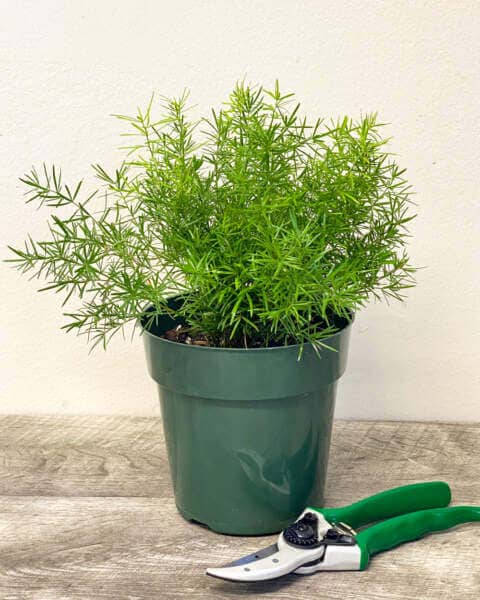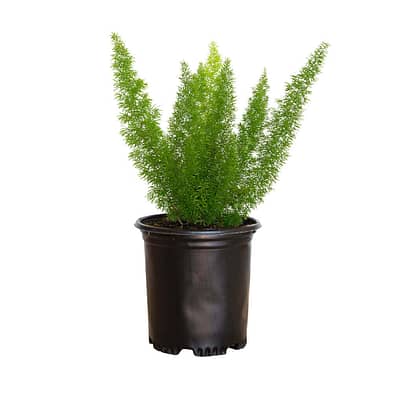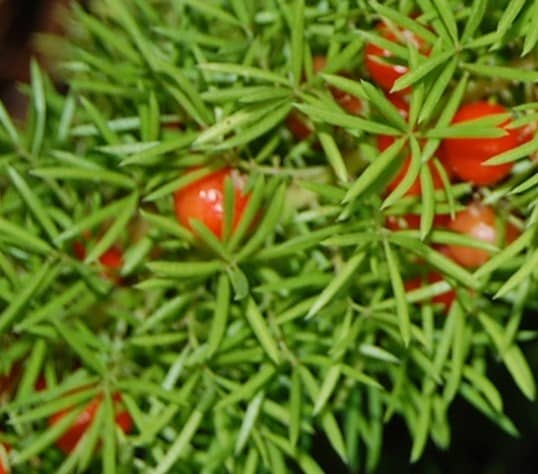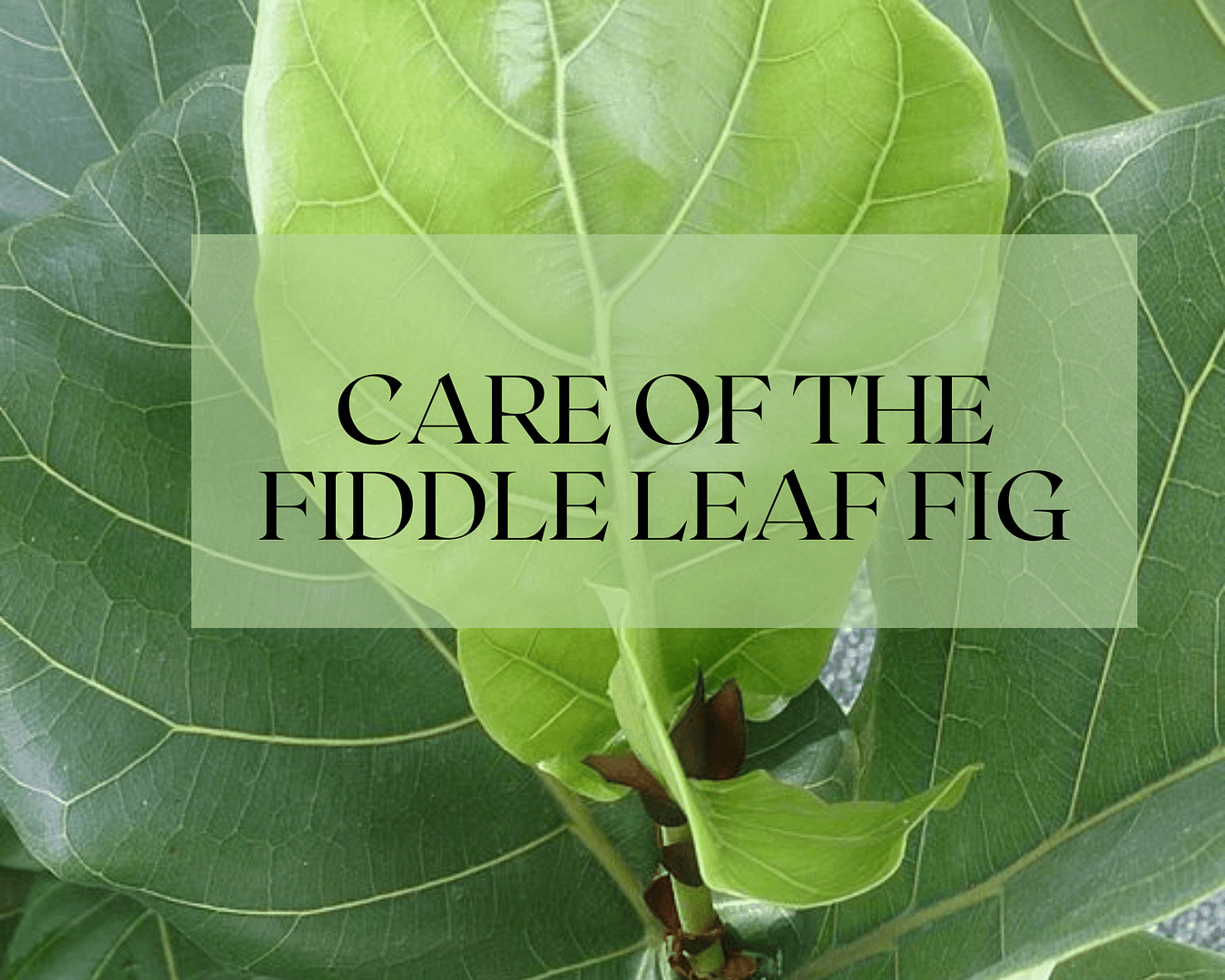This post may contain affiliate links. As an Amazon Associate we earn from qualifying purchases.
Don’t you love set-’em-and-forget-’em plants? Foxtail fern care is that easy!
You can’t tell by looking at it, but the foxtail fern is a member of the lily family and, thus, not a true fern at all. It is also a member of the Asparagus genus (Asparagus densiflorus). Although there are a number of cultivars, ‘Meyersii’ is the most popular.
Gardeners in warm regions, such as U.S. Department of Agriculture Hardiness zones 10 and 11, can grow their foxtails in the garden, where they can be planted and pretty much forgotten. I told you foxtail fern care is pretty much effortless!
If you live outside the foxtail’s hardiness zones (find your zone here) grow your foxtail fern indoors where it thrives as a houseplant, spilling generously over the sides of a hanging container. Foxtail fern care is easy.
What you’ll need to grow and propagate foxtail fern indoors
- Potting soil
- Peat moss
- Fertilizer
- Pruning shears or snips
- Extra planting pot
- Bucket
- Pruning saw
- Fine mesh sieve
- Sharp knife
- Small bowl
- Sandpaper or nail file
- Seeding flat
- Mosquito Bits
Soil for a foxtail fern
Grow the foxtail fern in a slightly acidic soil, such as a combination of equal parts of potting soil and peat moss.
Don’t bother adding coffee grounds, something you’ll no doubt read about online. The acid in coffee grounds dissipates in the liquid and ends up in your stomach. In fact, coffee grounds are close to neutral in pH.
Peat moss is a fungus gnat magnet, so ensure you have a remedy at the ready. Here are a few ideas that have worked for us:
- Keep the soil as dry as possible without hurting the foxtail fern. Too much water and the addition of peat moss to the mix makes the soil irresistible to the female fungus gnat looking for a place to lay her eggs.
- Place some “decoy pots” of sprouting grain nearby to draw them away from the foxtail fern. Suggested seeds to plant include alfalfa, barley, oats, rice, rye and whole-grain wheat. “Afterwards, the pots should be submerged in boiling water or the contents destroyed in some manner every 2 weeks to destroy the eggs and maggots, according to the experts at the University of Minnesota.
We use Mosquito Bits because of its active ingredient, Bacillus thuringiensis israelensis, or Bti. This is a naturally occuring soil-borne bacterium that destroys fungus gnat larvae. We apply it, according to package instructions, every three days to give the hatching cycle a chance to continue until finished. It usually clears up within a week.

Do foxtail ferns like sun or shade?
Indoors, the foxtail fern requires bright light, but not direct sunlight. If the fronds begin to yellow, give it additional light.
Outdoor plants do well in light shade, especially in regions with hot summers. Light shade, according to the Royal Horticultural Society, is “A site that is open to the sky, but screened from direct sunlight by an obstacle, such as a high wall or group of trees.”
I grow my foxtail fern in front of a north-facing wall which remains light, but with no direct sun.
How often do you water foxtail ferns?
If you’re a frequent visitor to our blog you know that this isn’t a question we care to answer. Sure, you’ll find folks that will tell you exactly how often to water and how much to give a plant.
It is impossible for us to tell you because we don’t know your growing conditions. We don’t know your climate and micro-climate and, therefore, how quickly your soil dries out. We don’t know anything about your soil. Is it well-drained or full of clay?
What we can tell you is that, with pot-grown foxtail ferns, you should allow the soil to dry out between irrigations. When you water, drench the soil, allowing the pot to drain completely afterward.
Soil-grown foxtails need to dry out a bit as well. Probe the soil with your finger, a bamboo stick or anything similar and water when the soil is dry to an inch in depth.
Fertilizer for foxtail ferns
Fertilize the foxtail fern in spring and summer by watering it with a half-strength houseplant fertilizer for every third watering (see the supplies section, above, for a recommendation). Allow the pot to drain completely before placing it back in its permanent location.
Pruning
It’s never a good idea to remove leaves from a plant until they’re completely dead.
“Senescence [death of leaves] represents the final developmental act of the leaf, during which the leaf cell is dismantled in a coordinated manner to remobilize nutrients and to secure reproductive success.” (Anne Guiboileau, Rodnay Sormani, Christian Meyer, Céline Masclaux-Daubresse, Senescence and death of plant organs: Nutrient recycling and developmental regulation,
Comptes Rendus Biologies, Volume 333, Issue 4, 2010.)
Yes, they don’t look at attractive when they’re browning, but the process is critical to the plant’s health and development.
When the stems die, use sharp snips or shears to cut them back to the soil.
Foxtail fern propagation
There are a number of ways to propagate foxtail fern. The easiest is by division, when you repot the plant. You’ll know it needs repotting when the roots begin appearing at the soil’s surface or they’re snaking out of the pot’s drainage holes.
- Use a bucket or other large container to combine equal parts of potting soil and peat moss. You’ll need to stir the mix as you add water to ensure that the moss is fully moistened. Mix enough of the potting mix to fill two pots.
- Since the mother plant will be smaller after division, you can plant it back into the pot in which it has been growing. Fill both pots about three-fourths full with the moist soil mix.
- Slide the foxtail fern out of its pot and lay it on a work surface. Yes, those potato-looking things are normal and part of the plant’s root system. Use a pruning saw to slice the mother plant in half being cautious of not cutting into the “potato-looking things” and ensuring both halves contain roots.
- Arrange each half in a pot, ensuring they will sit at the same depth as before. You may need to add or remove potting mix to get the plants to the proper depth.
- Water the newly potted foxtail ferns slowly until water runs from the bottom of the pots. The potting mix may settle during this so add more, if needed.
Foxtail ferns also produce berries (which are toxic to pets) that can be germinated to produce additional plants
- Wait until the berries turn red and then remove them from the plant.
- Use a sharp knife to cut open the berries. Inside you’ll find several small, black seeds. Remove them and place them in a fine mesh sieve.
- Run water over the seeds, rubbing them against the side of the sieve to remove traces of the berry’s pulp.
- Allow the seeds to dry and then scarify the foxtail fern seeds by rubbing them against fine-grain sandpaper (we use nail files for tiny seeds).
- Place the seeds in a small bowl and cover them with water. Allow them to sit for 12 to 24 hours.
- Fill a seeding tray or planting pots with sterile, soilless potting mix. Moisten the mix well and plant the foxtail fern seeds about ¼-inch deep and at least 2 inches apart.
- Place the tray in a well-lit area, but out of direct sunlight and keep the soil moist, not soggy, during germination. Don’t lose patience. It may take up to a month or longer for the seeds to germinate.







